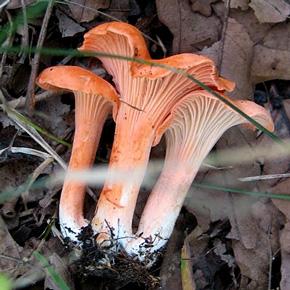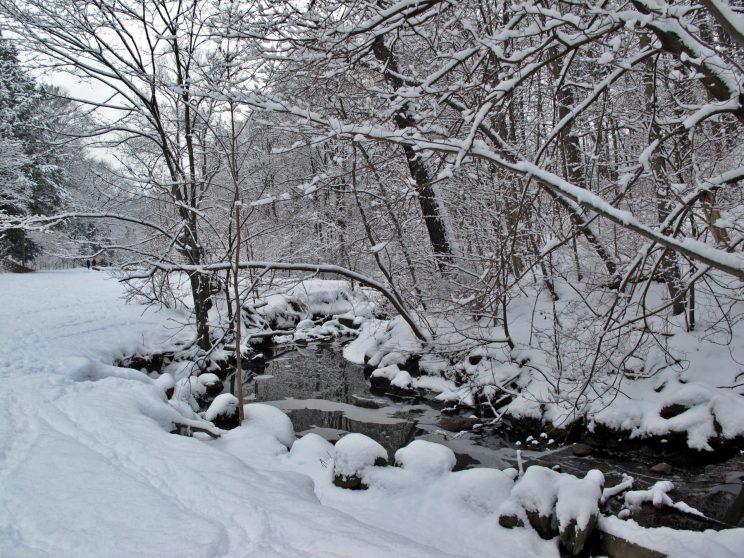by High Park Nature
High Park contains some of the most significant natural areas in the City of Toronto including:
- an outstanding concentration of provincially and regionally rare plant species
- provincially rare black oak savannahs
- regionally rare moist red oak and hemlock forests
- locally significant examples of lakeshore marsh, natural bottomlands and dry red oak/white oak upland forests.

High Park is located entirely within the urban landscape and consists of a combination of ravines, tableland, and ponds. Natural cover at this site is dominated by a combination of provincially-significant oak woodland and savannah; several types of forest, and small areas of wetland. As such it is a valuable contributor to the natural heritage system and biodiversity of the region.
The site has the potential to maintain healthy populations of many flora and fauna Species of Regional and Urban Concern (minus ground- to low-nesting breeding bird species), and overall regional biodiversity.
The extent to which this potential is realized is dependent upon the strategies used to manage public use, protect the integrity of the habitats that exist, and restore degraded or invaded habitats.
Source: High Park – Terrestrial Biological Inventory, TRCA, 2019 Full Report
Sources
See also
- Black Oak Savannah and Woodlands in High Park
- Restoration and Research in Toronto's High Park
- High Park Terrestrial Biological Inventory, TRCA 2019 Excerpts and Full Report on TRCA website
- High Park ESA Map. Source: Environmentally Significant Areas in the City of Toronto, June 2012, Appendix 2



















